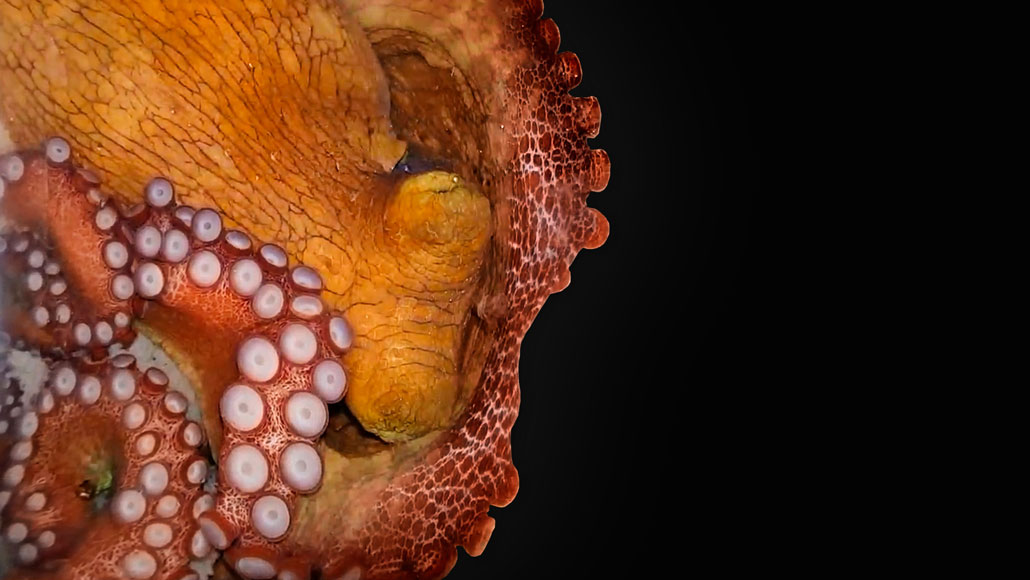Tokyo, 31 December, /AJMEDIA/
Octopuses cycle through two stages of slumber, a new study reports.
First comes quiet sleep, and then a shift to a twitchy, active sleep in which vibrant colors flash across the animals’ skin. These details, gleaned from four snoozing cephalopods in a lab in Brazil, may provide clues to a big scientific mystery: Why do animals sleep?
Sleep is so important that every animal seems to have a version of it, says Philippe Mourrain, a neurobiologist at Stanford University who recently described the sleep stages of fish (SN: 7/10/19). Scientists have also cataloged sleep in reptiles, birds, amphibians, bees, mammals and jellyfish, to name a few. “So far, we have not found a single species that does not sleep,” says Mourrain, who was not involved in the new study.
Cephalopod neuroscientist and diver Sylvia Medeiros caught four wild octopuses, Octopus insularis, and brought them temporarily into a lab at the Brain Institute of the Federal University of Rio Grande do Norte in Natal, Brazil. After tucking the animals away in a quiet area, she began to carefully record their behavior during the day, when octopuses are more likely to rest.
Two distinct states emerged, she and her colleagues report March 25 in iScience. In the first, called quiet sleep, the octopuses are pale and motionless with the pupils of their eyes narrowed to slits. Active sleep comes next. Eyes dart around, suckers contract, muscles twitch, skin textures change and, most dramatically, bright colors race across octopuses’ bodies. This wild sleep is rhythmic, happening every half an hour or so, and brief; it’s over after about 40 seconds. Active sleep is also rare; the octopuses spent less than 1 percent of their days in active sleep, the researchers found.
Active sleep in octopuses is somewhat like REM sleep in people, Medeiros says. But because octopuses’ active sleep is so short, their sleep cycles more closely resemble the sleep of reptiles and birds, says study coauthor Sidarta Ribeiro, a neuroscientist also at the Brain Institute.









































